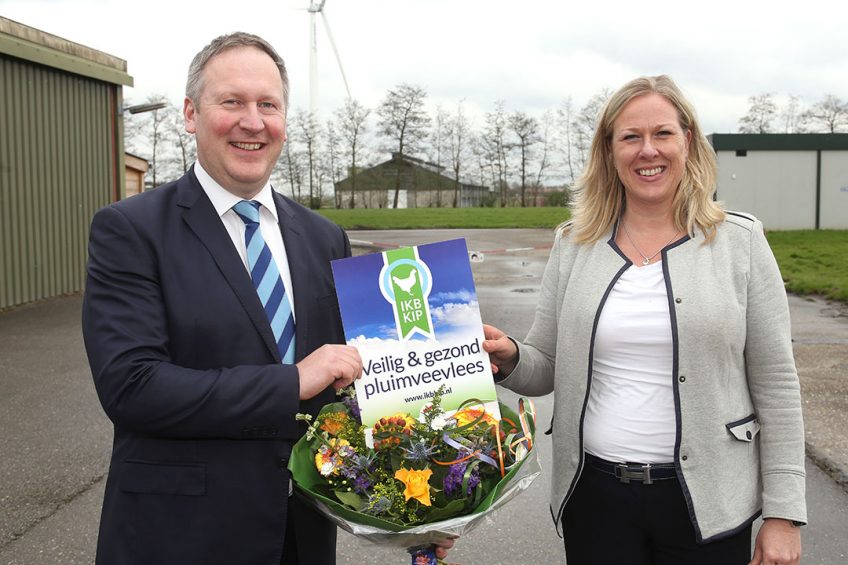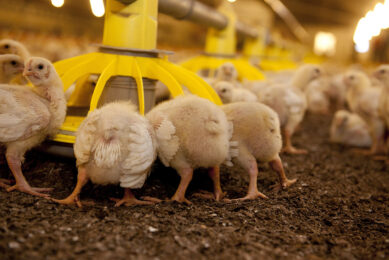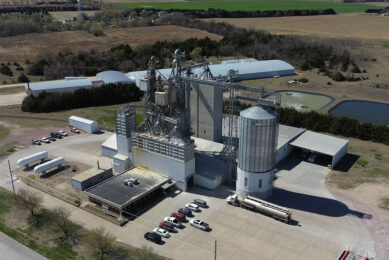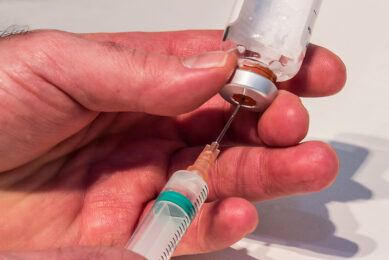Antibiotic reduction in the EU progressing at different speeds

The global livestock sector has made great strives towards antibiotic reduction but regional approaches differ, even in countries under the same general regime. A closer look at 2 EU member states shows that countries are moving at different speeds and that the road to success can be bumpy.
Countries around the world have pledged to reduce the use of antibiotics and the European Union is no exception. The European Commission’s One Health Action Plan Against Antimicrobial Resistance marked a big step towards achieving the EU’s goal of mitigating AMR across all member states. 10 years after it was first published, however, the reality shows that different member states have had drastically different trajectories towards achieving this goal. A closer look at the Netherlands and Spain shows the importance of close cooperation between governments and industries.
Netherlands strategy to antibiotic reduction
The trend in sales of veterinary antimicrobial agents shows a clear downward path in the Netherlands (Figure 1). In the Netherlands, the National Institute for Public Health and the Environment (RIVM) and the Netherlands Food and Consumer Product Safety Authority (NVWA) are tasked with combating antimicrobial resistance.
Guidelines are strict:
- Only veterinarians can prescribe and administer antibiotics to sick animals and may only do so only after they have inspected the premises.
- Farmers may only administer veterinary-prescribed antibiotics themselves under very strict rules.
- In addition, poultry, dairy, veal calf and pig farmers are required to register the use of antibiotics on their premises.
- Antibiotics which are used as a last resort for human medical care may not be used in animals (except under very strict conditions).
- The veterinarian and the farmer must create what’s known as a ‘health plan’ for their farms which includes measures to promote animal health, and this plan must be evaluated every year.
- The NVWA oversees the registration of antibiotic usage and monitors the use of antibiotics in the livestock sector.
Netherlands: 63% drop in antibiotic usage
In addition to government action, the Netherlands has a long tradition of quality control systems within the industry itself, promoting best practices on multiple levels and in many areas of livestock farming, including antibiotic reduction. An example from the Dutch broiler industry is the IKB Kip (Integrated Chain Control Chicken) which is a quality assurance system developed by and for the entire broiler sector which all parties, ranging from breeders to slaughterhouses, are affiliated with to ensure quality and security throughout the broiler meat chain and contribute to safe and healthy poultry meat. Food safety is the top priority of IKB Kip, offering tools for operational management and thereby helping participants to comply with the legislation, among other things. IKB Kip also creates added value by including non-statutory standards, allowing participating companies to show that they go beyond legal obligations and because they want to contribute to a strong sector. Similar systems exist in other livestock sectors which have helped to achieve a 63% drop in antibiotic usage between 2009 and 2018.
Spain’s path to reduce antibiotics show different results
Following the same set of EU rules and regulations, the Spanish trajectory has been very different, albeit the results show good progress (Figure 2).
According to the Spanish ministry of health, it is primarily the lack of specific measures focused on reducing antibiotic use that should be considered when looking at the increase in sales between 2010 and 2014. Spain began collecting data on antibiotic sales in 2010, under the ESVAC project and on a voluntary basis. In the years that followed, a system for data collection was put in place, including the development of a database and its validation. This enabled more accurate measurement of the use of veterinary antibiotics to take place and, above all, for the upward trend that had been maintained since 2010 to be identified.
Spain: Establishment of programmes
In 2014, Spain launched a comprehensive One Health strategy to tackle the problem of antimicrobial resistance: the National Plan to combat Antibiotic Resistance (PRAN). This strategy laid the necessary foundations to optimise the consumption of antibiotics in Spain.
However, the ministry argues that the reduction in antibiotic use in animals has been greatly boosted by the REDUCE programmes implemented across various livestock sectors in the same timeframe. These programmes are based on voluntary agreements in which each sector establishes specific objectives for reducing the use of antibiotics and a specific time frame in which to achieve them, as well as strategies for preventing infections.
Antibiotic reduction in pig & poultry sectors
Among the most important results of this initiative are a 97% reduction in colistin use in the pig sector, as well as a 71% reduction in total antibiotic consumption in broiler farming. Between 2014 and 2019 the overall use of antibiotics in animals was reduced by 58.8%.
Road to success may be bumpy
Although at first glance the Netherlands and Spain both took a very different approach towards achieving antibiotic reduction, both member states have achieved great success through a combination of government policy and voluntary action from within the industry itself. This goes to show that for antibiotic reduction to really kick off, the scale of the problem must first be addressed and identified. This process is not always smooth sailing. In some instances, it can be a very bumpy road, with every EU member state following its own timeline (Figure 3). Antibiotic reduction can only be successful when addressed both by government institutions and the industry itself. It is only by working in tandem that governments and industries can achieve significant reductions.











